Nestled in the heart of Lisbon, the National Tile Museum is one of the city’s most unique cultural treasures. Unlike many other museums in the city, this one stands out for its singularity of collection, dedicated solely to Azulejo – a decorative ceramic tile art form that has become an integral part of Portuguese culture.
But it’s not just the collection that makes this museum a must-visit destination. The museum is housed in the former Madre de Deus Convent, founded in 1509 by Queen D. Leonor, and its matchless architectural design will leave visitors awestruck.
Here, visitors can wander through the halls and experience the beauty and intricacy of five centuries of tile production, all while immersing themselves in the rich history and culture of Portugal.
Despite its somewhat out-of-the-way location, the National Tile Museum is a must-see attraction for anyone interested in exploring the unique artistry and cultural heritage of Portugal’s decorative ceramic tiles.
The Collection
The ceramic tiles with vividly diverse colors are an exceptional element of Portuguese architecture that allures visitors. You might find these Portuguese tiles, azulejos, adorned on buildings during a walkabout town (especially in Alfama), in gift shops (or at the Feira da Ladra), or within the walls of other top destinations of the city, including some of the palaces or villas that lie across Sintra.
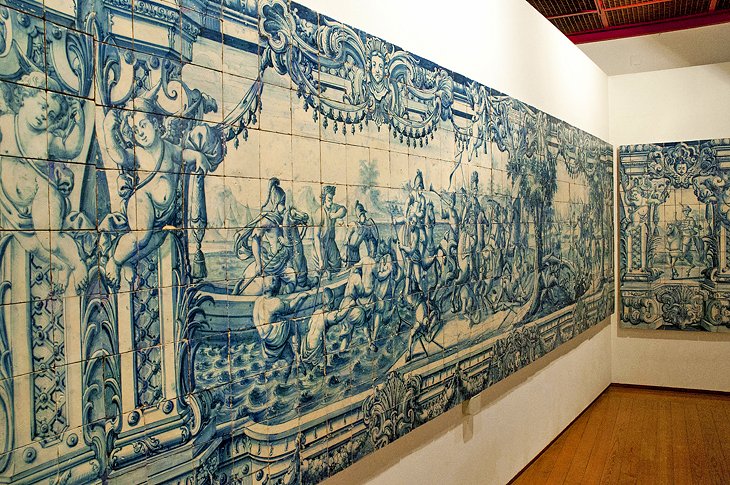
The ceramic tiles with vividly diverse colors are an exceptional element of Portuguese architecture that allures visitors.
The collection that you can see in the museum is the only of its kind in the world and contains a splendid array of tiles from as early as the 15th century. Some are simple, with individual tiles decorated with plants or marine elements, while others are pieced together to create grand murals as visual chronicles depicting people or narrating stories steeped with history. There are not only mere visuals but also informative panels thoroughly detailing how azulejos are made. The museum allows a journey through the history of tile, from the 15th century till the present day.
The Church
Belonging to the convent, the Madre de Deus church is decorated in full Portuguese baroque splendor, with gilded and carved wood, paintings, and tile panels. It further intensifies the experience. Not surprisingly, recent visitors enjoyed both the museum’s expansive collection as well as the building it’s housed in – a former convent. In that matter, some visitors said that the climax of their experience was the chapel, ornamented with not only plenty of azulejos but centuries-old oil paintings.
Access
The museum, with its gift shop and cafe in the complex, is open Tuesday through Sunday between 10 AM. – 6 PM. The tickets are reasonably cheap as they cost 5 euros for adults. The fee includes an audio guide that is provided on admission if you need it.
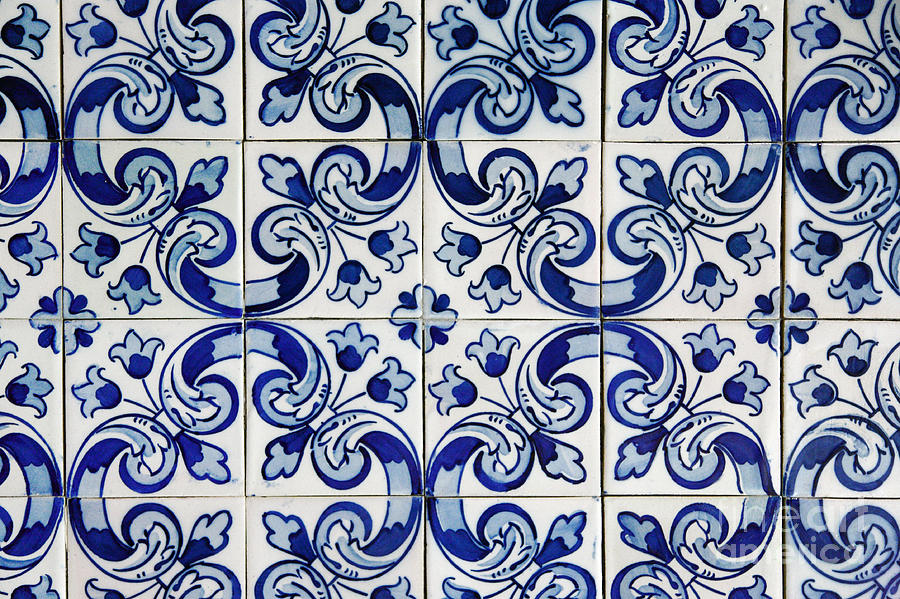
The museum, with its gift shop and cafe in the complex, is open Tuesday through Sunday between 10 AM. – 6 PM.
The National Tile Museum has located about a mile and a half northeast of Alfama. Getting off the Santa Apolónia metro stop and walking a little less than a mile towards the northeast is a convenient way to reach the museum. Several buses, including route Nos. 718, 742, and 794 pass by the place as well. For more information, visit the museum’s website: http://www.museudoazulejo.gov.pt/en-GB/default.aspx
Make sure to check out our article on Portuguese tiles.


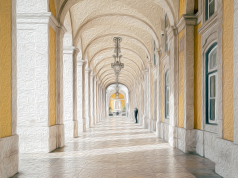
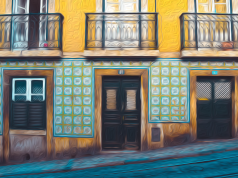


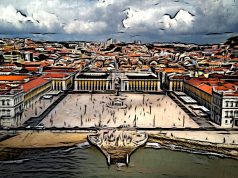
Thanks for the great information for us.
Best regards,
Balle Hessellund